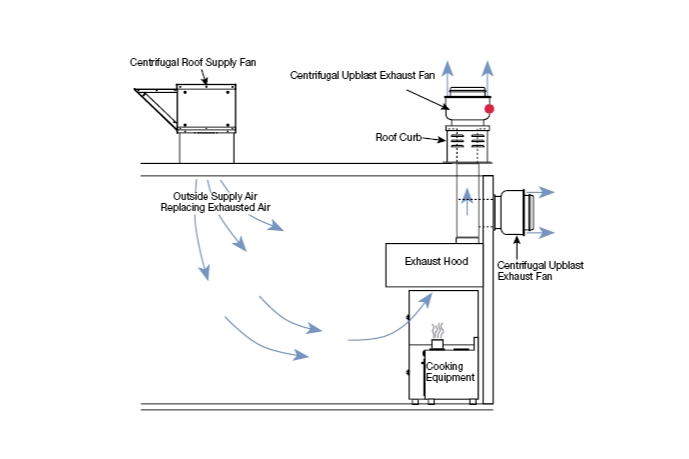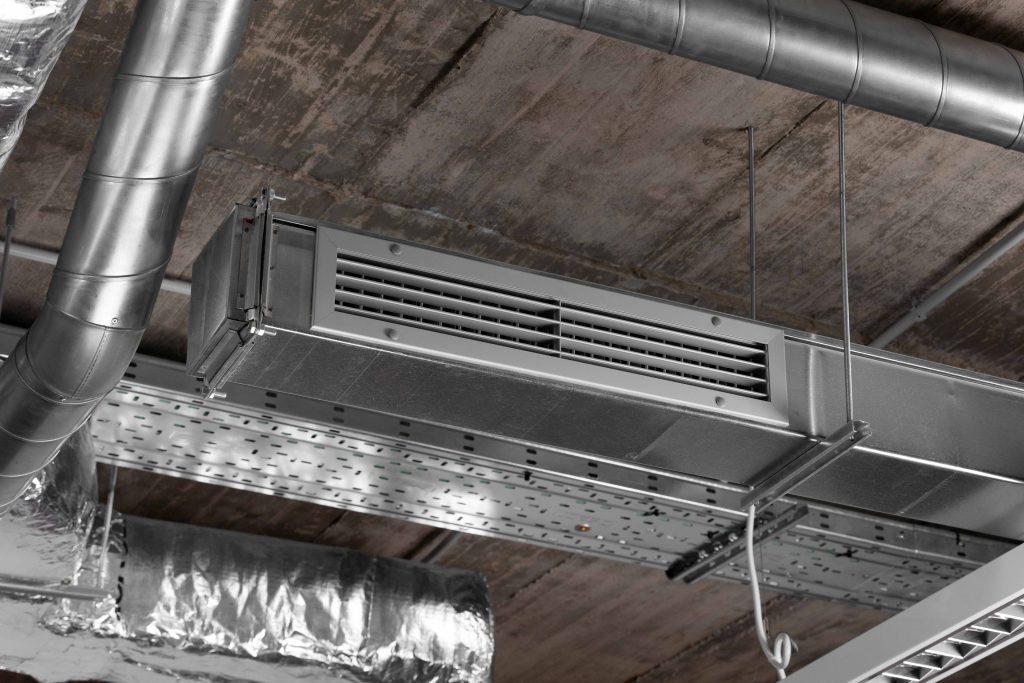In the realm of culinary spaces, the kitchen exhaust system plays a pivotal role in ensuring a safe and efficient cooking environment. At Kitchen Equipments, we understand the importance of creating kitchens that not only dazzle with design but also function seamlessly. This comprehensive guide delves into the intricacies of how to design a kitchen exhaust system that exceeds expectations in both form and function.
Understanding the Basics of Kitchen Exhaust Systems
In the modern kitchen, proper ventilation is paramount. An effective exhaust system ensures the removal of pollutants, heat, and odors, contributing to a healthier and more comfortable cooking space.
Key Components of an Exhaust System:
- Range Hood: The focal point of the system, capturing and redirecting airborne particles.
- Ductwork: Channels the captured air to the outside, preventing it from circulating back into the kitchen.
- Exhaust Fan: Enhances airflow, promoting the efficient removal of contaminants.

Designing the Ideal Kitchen Exhaust System
- Assessing Kitchen Size and Layout
Before diving into the design process, a thorough assessment of the kitchen’s size and layout is crucial. The exhaust system must be tailored to the specific needs of the space, considering the cooking appliances in use and the overall structure. - Choosing the Right Range Hood
Selecting an appropriate range hood is a cornerstone of effective ventilation. Consider factors such as the cooking surface area, heat output, and the type of cooking undertaken. Whether it’s a wall-mounted hood, island hood, or under-cabinet hood, the choice should align with both aesthetics and functionality. - Calculating CFM Requirements
CFM (Cubic Feet per Minute) is a critical metric in exhaust system design. Calculate the required CFM based on the kitchen’s volume to ensure optimal air exchange. This calculation considers the size of the kitchen, the type of cooking, and the number of appliances. - Ductwork Considerations
Efficient ductwork is the backbone of a successful exhaust system. Optimal duct size, proper installation, and minimizing bends ensure smooth airflow. It’s essential to vent the contaminated air outside rather than into the attic or other enclosed spaces.

Maintenance and Upkeep
Regular Cleaning and Inspections
To maintain the efficiency of the kitchen ventilation system, regular cleaning and inspections are imperative. Grease buildup in hoods and ducts can pose fire hazards, emphasizing the need for periodic professional maintenance.
Upgrading for Energy Efficiency
Consider upgrading to energy-efficient components to not only reduce environmental impact but also save on operational costs. Energy-efficient fans and LED lighting are excellent choices for a sustainable kitchen.
In conclusion, the design of a kitchen exhaust system is a multifaceted task that requires careful consideration of various elements. From choosing the right range hood to calculating CFM requirements and ensuring proper maintenance, every step contributes to a safer, more comfortable, and aesthetically pleasing culinary space
